The Annapurna Panorama Trek, reaching an impressive altitude of 3,210 meters, provides trekkers with a unique blend of stunning natural beauty and rich cultural experiences. Over the course of 6 to 10 days, adventurers navigate through picturesque villages and vibrant rhododendron forests, all while being treated to panoramic views of the Annapurna and Dhaulagiri mountain ranges. This trek caters to various fitness levels, making it accessible yet rewarding. As trekkers prepare for this journey, understanding the essentials of planning and what to expect can significantly enhance their experience. What might they discover along the trails?
Key Points
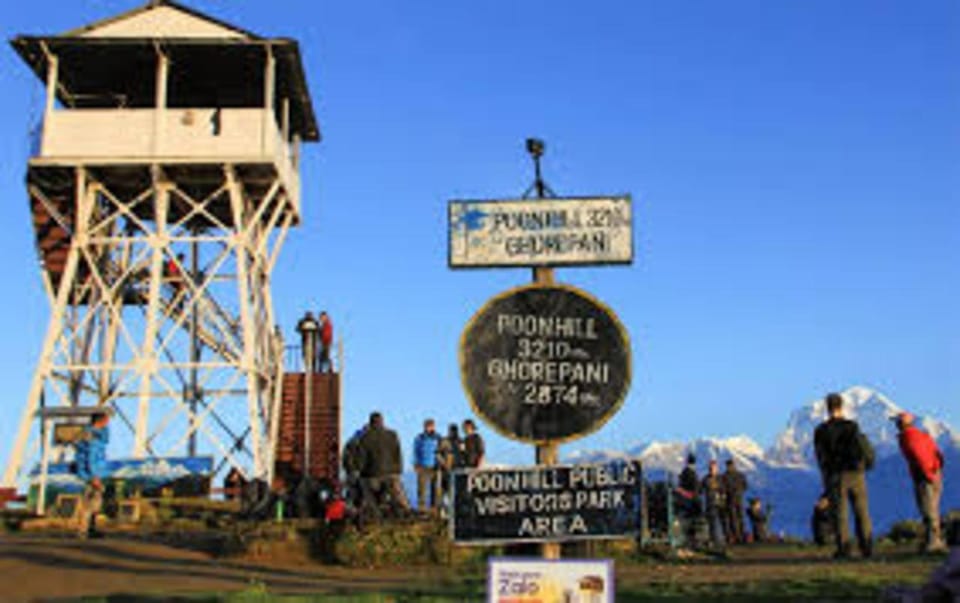
- The Annapurna Panorama Trek features stunning views of the Annapurna and Dhaulagiri ranges, reaching a height of 3,210 meters at Poon Hill.
- Trek duration ranges from 6 to 10 days, offering a blend of cultural experiences and moderate trekking difficulty.
- The route includes picturesque villages and rhododendron forests, with well-maintained trails suitable for various fitness levels.
- Accommodation consists of comfortable guesthouses, providing opportunities to enjoy local cuisine and immerse in local culture.
- Advance booking is recommended, especially during peak seasons, and a flexible cancellation policy allows for easy plan adjustments.
It's also worth checking out some other tours and experiences nearby.
Overview of the Trek
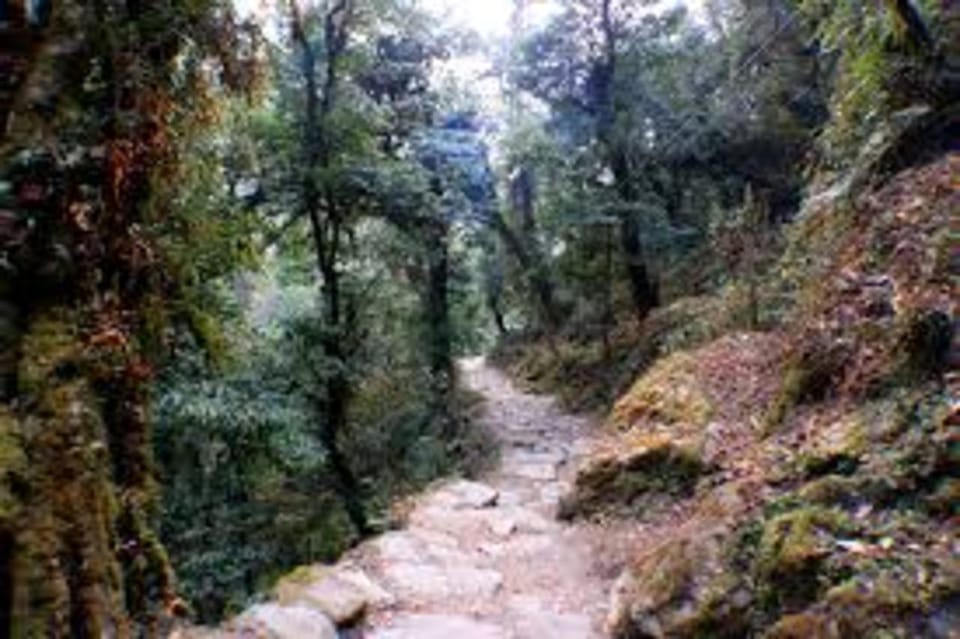
What makes the Annapurna Panorama Trek a captivating adventure is its blend of stunning landscapes, cultural experiences, and moderate difficulty, making it accessible for a wide range of trekkers.
Nestled in Nepal’s Annapurna region, this trek typically spans 6 to 10 days, with Poon Hill as its highest point at 3,210 meters.
Trekkers are treated to breathtaking views of the Annapurna range, including Annapurna I and Dhaulagiri, while traversing through vibrant rhododendron forests and charming villages.
With well-maintained trails and manageable ascents, it caters to various fitness levels.
The journey not only showcases nature’s beauty but also immerses participants in the rich culture of the local communities, ensuring a memorable experience for all adventurers.
Detailed Itinerary
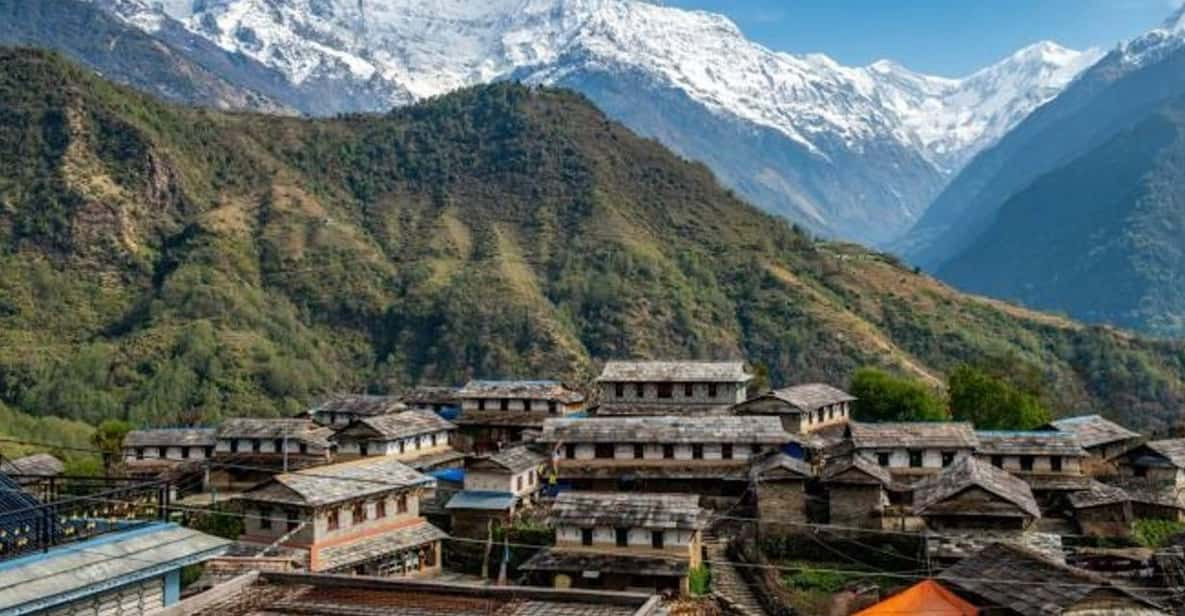
The Annapurna Panorama Trek unfolds over nine exciting days, each packed with unique experiences that lead trekkers through stunning landscapes and vibrant local culture. Below is the detailed itinerary, highlighting each day’s adventure.
| Day | Activity |
|---|---|
| Day 1 | Arrival in Kathmandu |
| Day 2 | Travel from Kathmandu to Pokhara |
| Day 3 | Drive to Nayapul, trek to Tikhedhunga |
| Day 4 | Trek from Tikhedhunga to Ghorepani |
| Day 5 | Early hike to Poon Hill for sunrise, trek to Tadhapani |
| Day 6 | Trek from Tadhapani to Ghandruk |
| Day 7 | Return drive to Pokhara |
| Day 8 | Return drive to Kathmandu |
| Day 9 | Final departure |
This itinerary ensures a balanced mix of trekking and culture, making it an unforgettable journey.
Trekking Experience
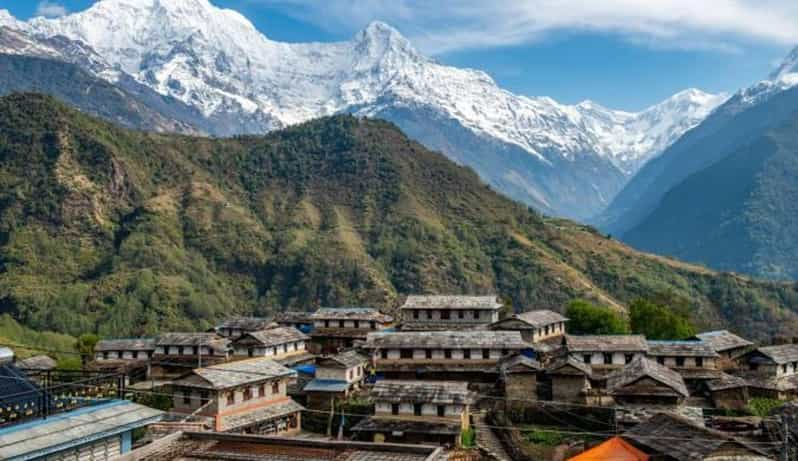
Trekkers can expect a captivating journey through the Annapurna region, where stunning views of the majestic Annapurna range and vibrant local culture come together to create an unforgettable experience.
As they hike, they’ll traverse picturesque villages, lush rhododendron forests, and open meadows, seeing the heart of Nepali life.
The trek offers comfortable accommodation in basic guesthouses, allowing trekkers to rest and recharge after each day’s adventure.
Mornings often start with breathtaking sunrises, especially from Poon Hill at 3,210 meters.
Along the way, trekkers can savor delicious local cuisine for breakfast, fueling their exploration.
This trek balances moderate difficulty with rewarding scenery, making it accessible for various skill levels.
Inclusions and Exclusions
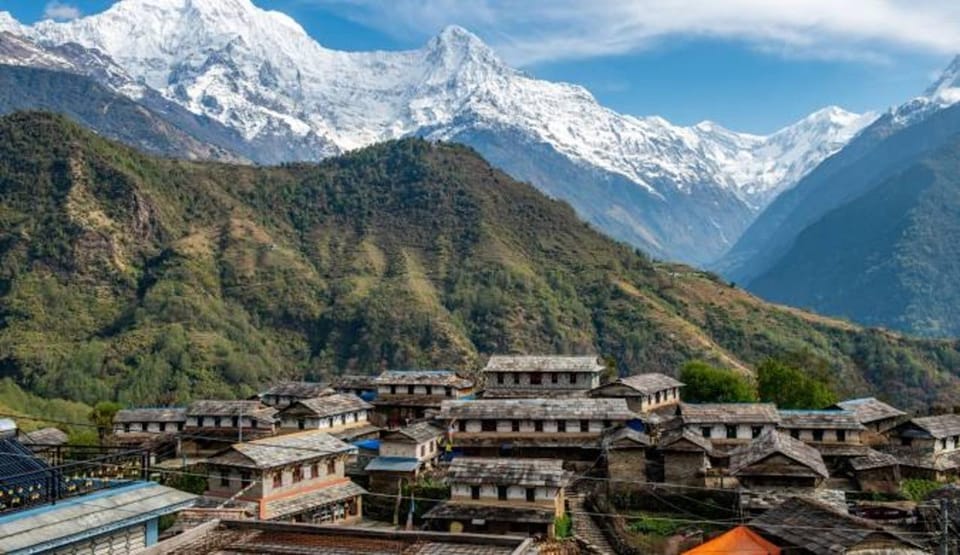
As trekkers embark on the Annapurna Panorama Trek, understanding the inclusions and exclusions of the package is key to planning their adventure effectively.
The package includes hotel pickup and drop-off, four nights of accommodation during the trek, breakfast, ground transportation, all necessary permits and taxes, a professional English-speaking guide, a first-aid kit, and one porter per two travelers. Plus, it covers insurance for Nepali staff and hotel stays in Pokhara and Kathmandu.
However, trekkers should note that lunch and dinner aren’t included, along with drinks and personal expenses. Travel insurance, tips for the guide and porter, and suitability considerations for specific health conditions also fall outside the package’s scope.
Understanding these elements ensures a smoother trekking experience.
Essential Packing List
Packing wisely for the Annapurna Panorama Trek ensures trekkers are prepared for the diverse conditions they’ll encounter along the journey.
Essential items include a windbreaker, sunscreen, sunglasses, a sun hat, and good-quality hiking shoes.
Trekkers should pack a waterproof jacket and gloves for unpredictable weather, along with quick-dry clothing and a change of clothes.
Personal items like toiletries, a reusable water bottle, and any necessary medications are crucial.
Don’t forget a flashlight, cash, and copies of important documents like your passport.
A power bank for charging devices is also handy.
Booking Process
Booking the Annapurna Panorama Trek is a straightforward process that allows adventurers to secure their spots with ease and confidence. Travelers can choose between a variety of tour operators, many of which offer online booking. Typically, a simple form submission and a deposit will suffice to confirm the reservation.
For those who prefer flexibility, many operators provide a “reserve now, pay later” option, ensuring no immediate payment is necessary. Upon arrival in Kathmandu, a representative will assist with transfers to the hotel, setting a welcoming tone for the adventure ahead.
It’s essential for trekkers to book in advance, especially during peak seasons, to guarantee availability and avoid disappointment on this stunning journey.
Cancellation Policy
Travelers can cancel their Annapurna Panorama Trek reservations up to 24 hours in advance for a full refund, providing peace of mind amidst planning uncertainties. This flexible cancellation policy allows trekkers to adjust their plans without financial stress. Plus, a “reserve now & pay later” option is available, making booking easier for those who prefer not to pay immediately.
| Cancellation Notice | Refund Amount | Additional Notes |
|---|---|---|
| More than 24 hours | Full refund | No cancellation fees |
| 24 hours or less | No refund | Last-minute changes not allowed |
| Reserve now | Payment due later | Secure your spot easily |
This policy encourages adventurers to explore the stunning Annapurna region while minimizing risks tied to unforeseen circumstances.
Important Travel Tips
Before embarking on the Annapurna Panorama Trek, it’s important to consider a few travel tips that can enhance the overall experience and ensure a smooth journey.
First, acclimatization is crucial; travelers should take it slow and stay hydrated to prevent altitude sickness.
Packing light yet smart is key: bring essentials like a windbreaker, sunscreen, and a reusable water bottle.
It’s wise to carry some cash for meals and souvenirs, as credit cards aren’t widely accepted in rural areas.
Travelers should also embrace the local culture, so learning a few basic Nepali phrases can go a long way.
Lastly, hiring a local guide not only enriches the experience but also supports the community.
Here's a few more nearby tours and experiences we think you'll like.
Frequently Asked Questions
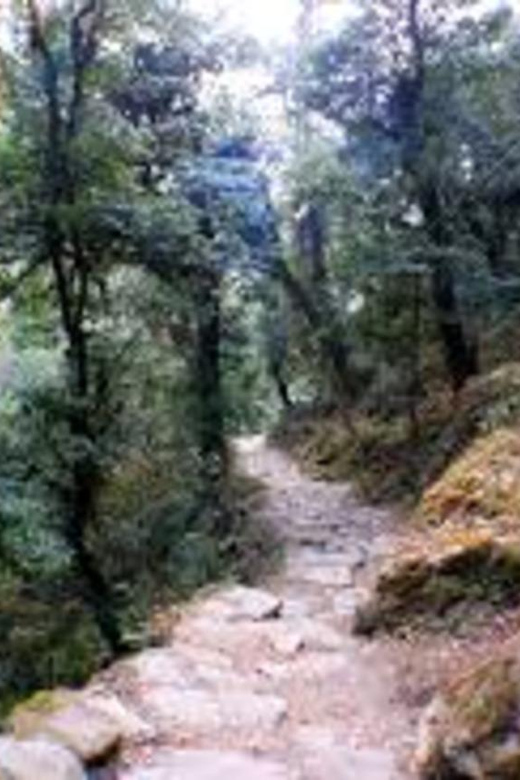
What Is the Best Season to Trek in Annapurna Region?
The best season to trek in the Annapurna region is during spring (March to May) and autumn (September to November). These months offer clear skies, moderate temperatures, and stunning views, making trekking enjoyable and memorable.
Are There Any Age Restrictions for Participants?
Participants shouldn’t exceed 95 years old due to health risks. Plus, those with altitude sickness or mobility issues may face challenges. It’s essential for trekkers to assess their physical condition before embarking on the journey.
How Challenging Is the Altitude on This Trek?
The altitude can pose challenges for some trekkers, especially those unaccustomed to higher elevations. It’s important to acclimatize properly, stay hydrated, and heed any symptoms of altitude sickness during the journey.
Can I Hire Additional Porters or Guides During the Trek?
Yes, trekkers can hire additional porters or guides during the trek. They should discuss their needs with the main guide, who can facilitate arrangements, ensuring everyone’s comfort and enhancing the overall trekking experience.
What Medical Facilities Are Available Along the Trekking Route?
Along the trekking route, medical facilities are limited. Small clinics exist in some villages, but they’re often basic. Travelers should carry a first-aid kit and consult guides for emergencies, ensuring safety during the trek.
Not for you? Here's more of our most recent tour reviews happening neaby
- Nepal: Annapurna Region Kapuche Glacier Lake Trek (2,546 M)
- From Pokhara: 6 Days Upper Mustang Tour by 4w Jeep
- Pokhara: All Women Ghorepani Poon Hill Trek
- From Pokhara: Private Luxury Helicopter Tour
- Upper Mustang Jeep Tour
- 18-DAY Manaslu Circuit Trek-Trek That Takes You Back in Time
- Hiunchuli Expedition
- Nepal Bhutan Luxury Tour
- From Pokhara: Muktinath Helicopter Tour
- Pokhara: Helicopter Flight to Annapurna Base Camp
- Sarangkot Sunrise With Morning Tibetan Cultural Tour
- Mardi Himal Trek – 4 Night 5 Days
- Pokhara in 5 Hours: Lake, Museum, Cave, Falls & Pagoda Hill
- Annapurna: 2 Days 1 Night Poon Hill Trekking
- Pokhara: Bungee & Zip Flyer Adventurous Combo Package
Recap
The Annapurna Panorama Trek is a captivating adventure that blends stunning mountain vistas with rich cultural experiences.
Whether trekkers are seeking breathtaking views or an immersive journey through local villages, this trek offers something for all.
With its moderate trails and diverse landscapes, it’s an ideal choice for both seasoned adventurers and casual hikers.
Those ready to explore Nepal’s natural beauty will find the Annapurna Panorama Trek an unforgettable experience that leaves lasting memories.
